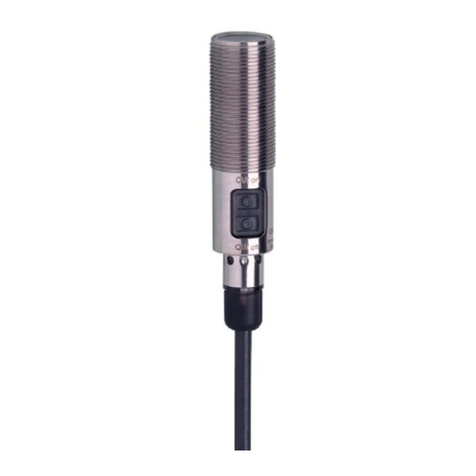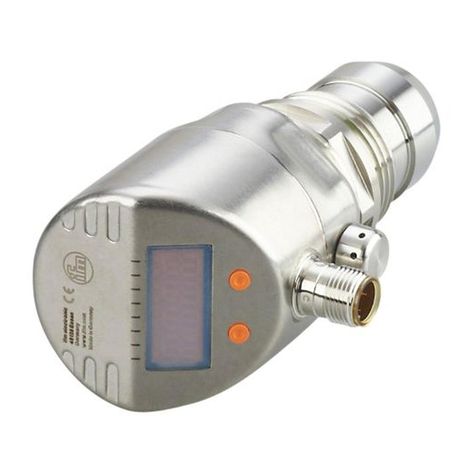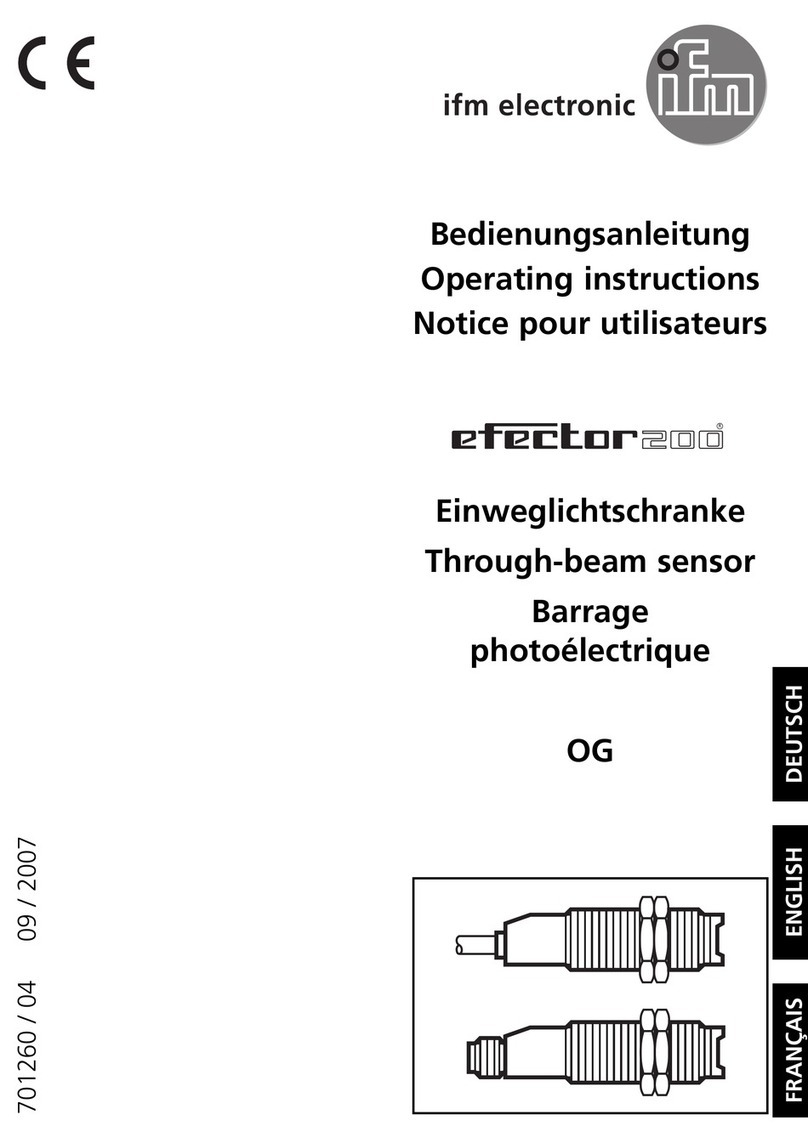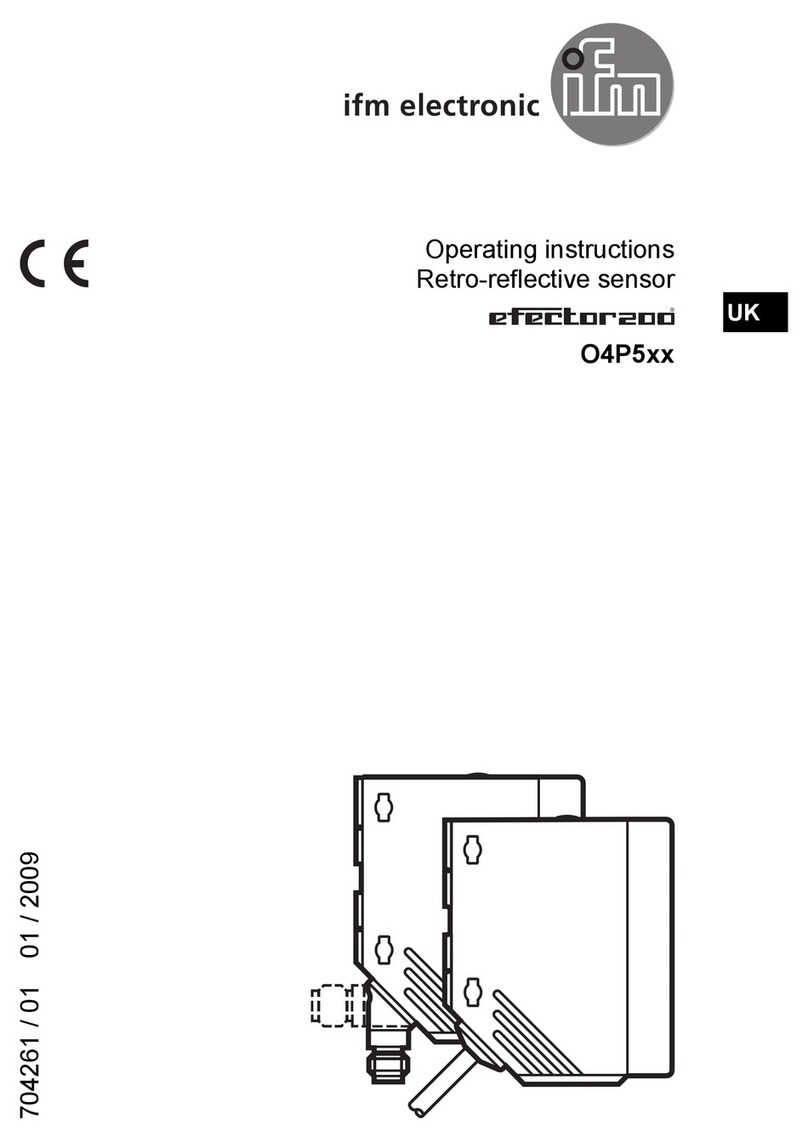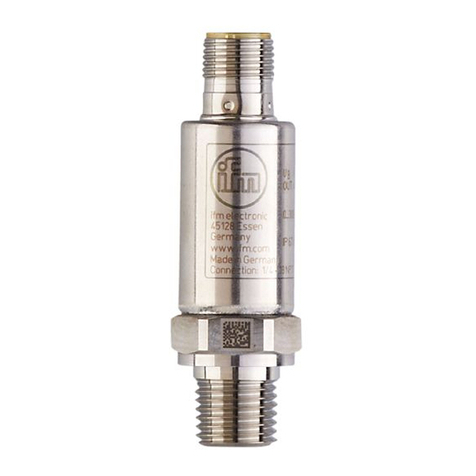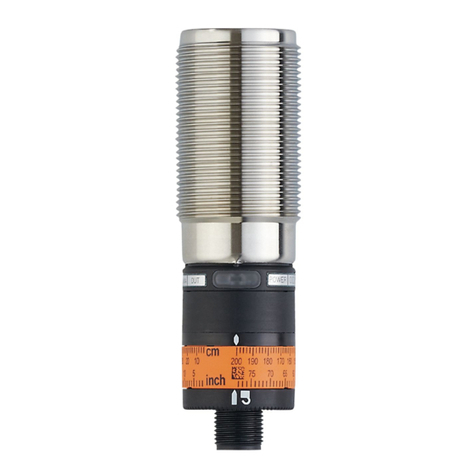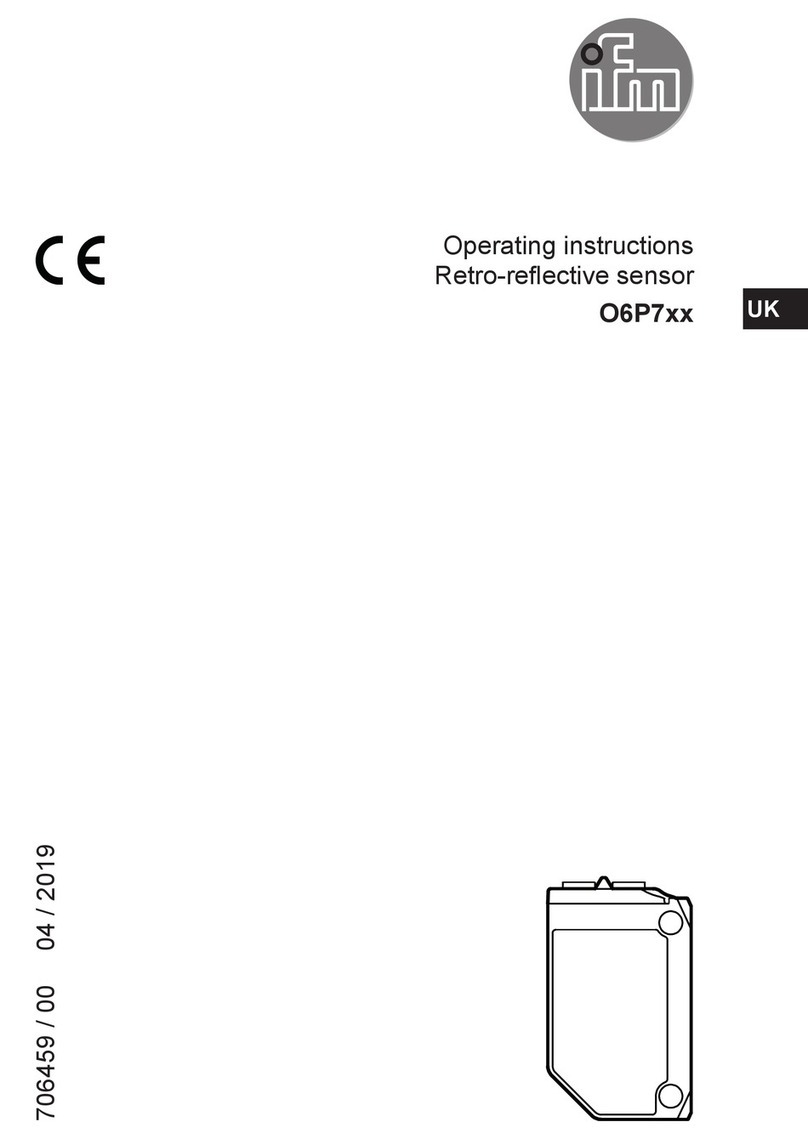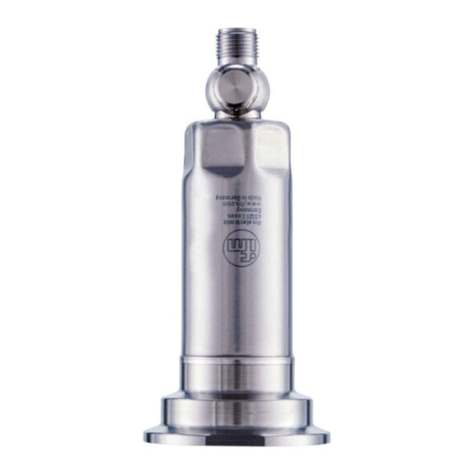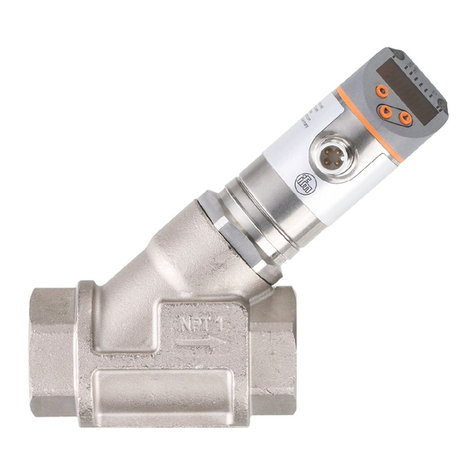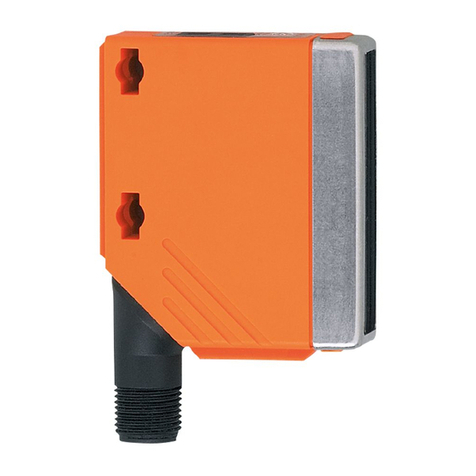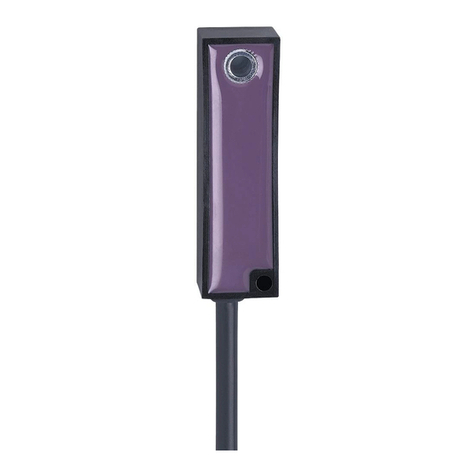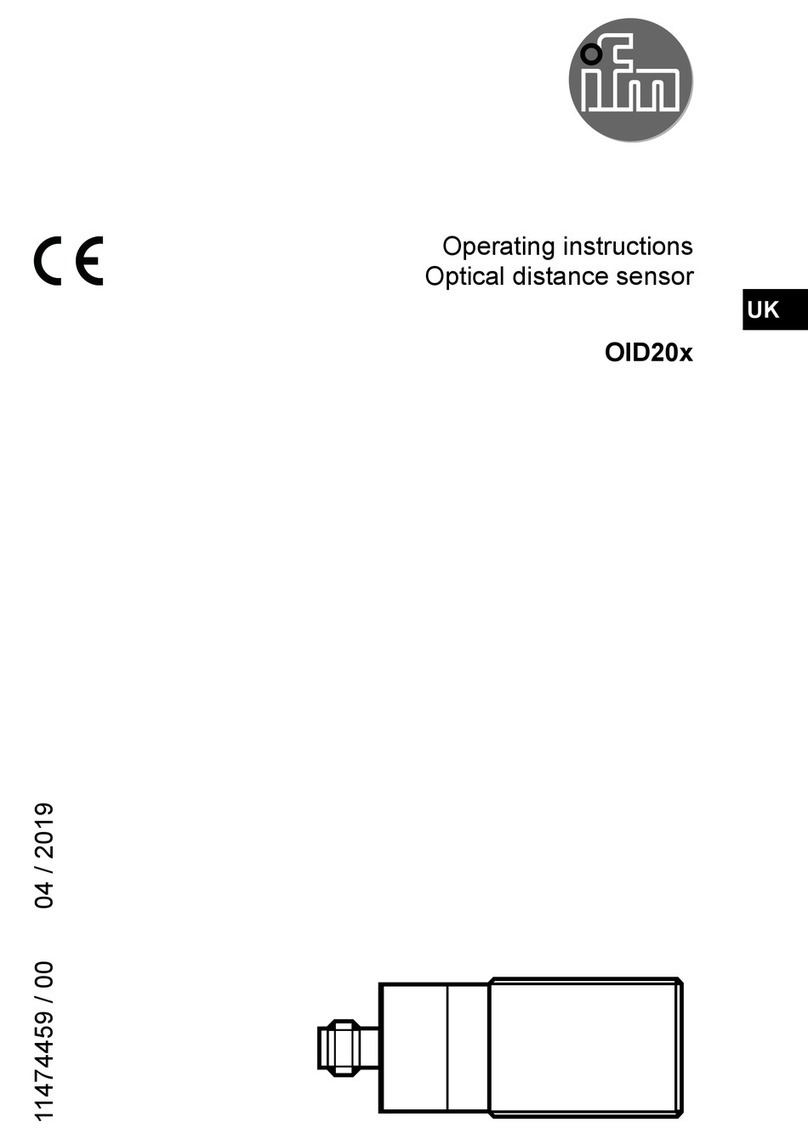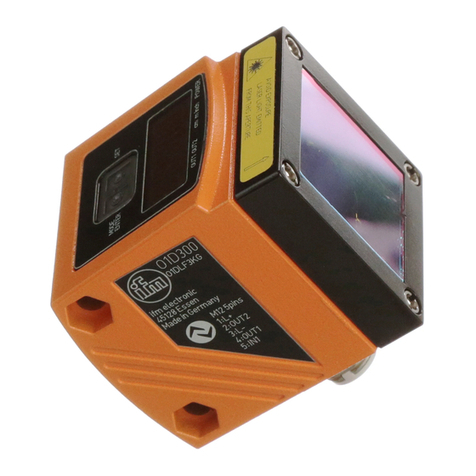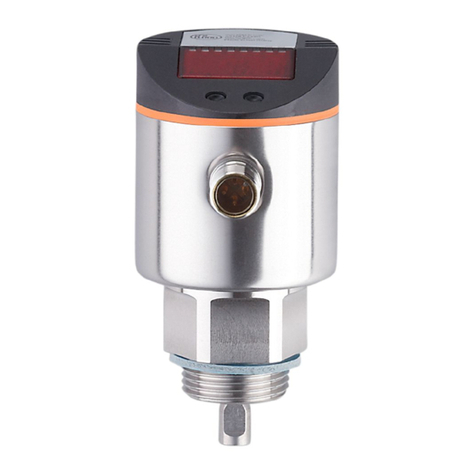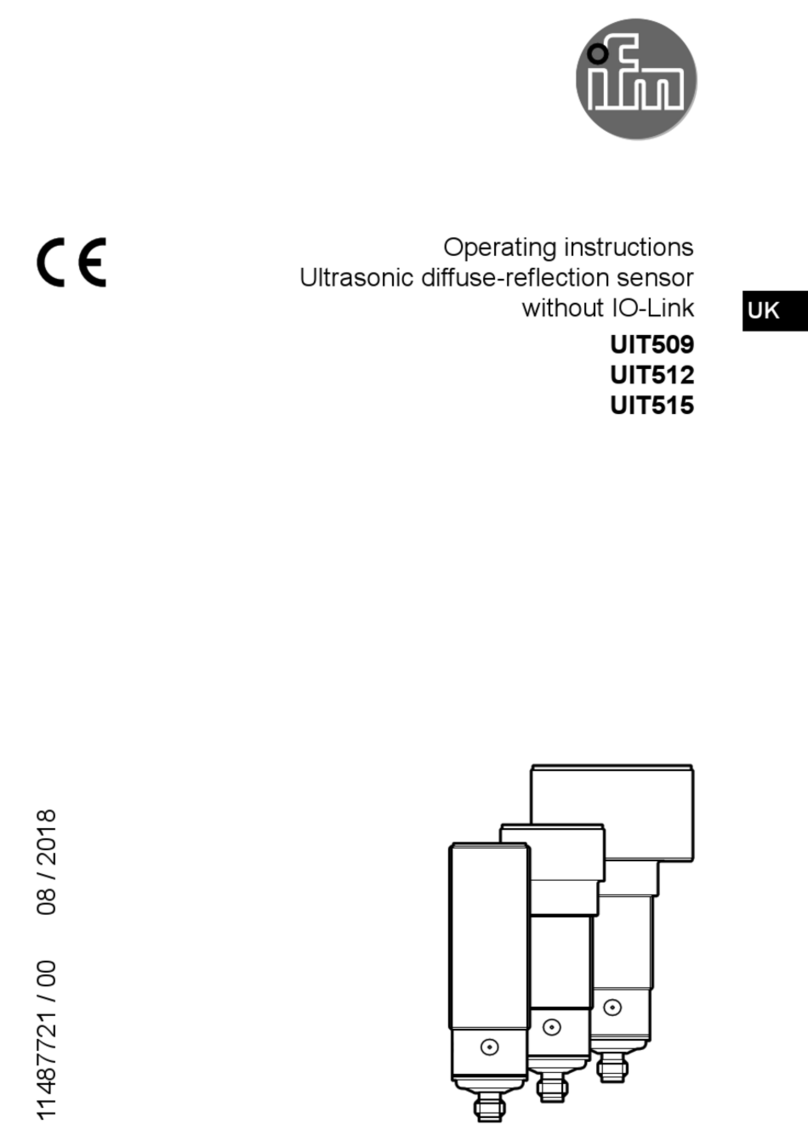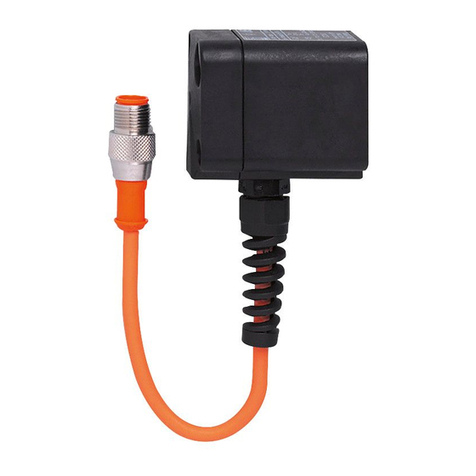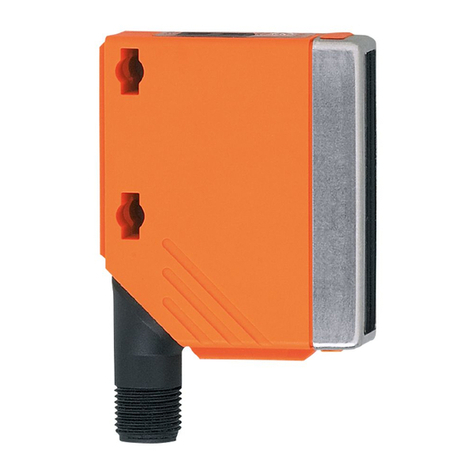2
Contents
1 Preliminary note���������������������������������������������������������������������������������������������������4
1�1 Symbols used ������������������������������������������������������������������������������������������������4
2 Safety instructions �����������������������������������������������������������������������������������������������4
3 Items supplied������������������������������������������������������������������������������������������������������5
4 Getting started �����������������������������������������������������������������������������������������������������5
4�1 Installation, Electrical connection �����������������������������������������������������������������5
4�2 Parameter setting �����������������������������������������������������������������������������������������5
4�3 Example application ��������������������������������������������������������������������������������������5
5 Functions and features ����������������������������������������������������������������������������������������6
5�1 Applications ���������������������������������������������������������������������������������������������������6
5�2 Restriction of the application area �����������������������������������������������������������������7
5�3 Special information on DNV-GL approval ������������������������������������������������������8
6 Function���������������������������������������������������������������������������������������������������������������8
6�1 Measuring principle ���������������������������������������������������������������������������������������8
6�2 Set-up via IO-Link������������������������������������������������������������������������������������������9
6�3 Switching function������������������������������������������������������������������������������������������9
6�4 Probes for different tank heights������������������������������������������������������������������10
6�5 Defined state in case of a fault ��������������������������������������������������������������������10
6�6 IO-Link ���������������������������������������������������������������������������������������������������������10
7 Installation����������������������������������������������������������������������������������������������������������10
7�1 Installation location / environment, operation with a
single probe ������������������������������������������������������������������������������������������������10
7�1�1 Minimum distances for installation in closed metal tanks ������������������� 11
7�1�2 Installation in pipes (bypass pipe, still pipe) ���������������������������������������12
7�1�3 Applications with viscous and fast flowing media �������������������������������12
7�1�4 Heavy soiling ��������������������������������������������������������������������������������������13
7�1�5 Fill openings ���������������������������������������������������������������������������������������13
7�1�6 Heavy foam build-up and turbulence��������������������������������������������������14
7�1�7 Notes on tank adjustment�������������������������������������������������������������������15
7�2 Installation location / environment, operation with a
coaxial probe �����������������������������������������������������������������������������������������������16
7�3 Installation of the probe �������������������������������������������������������������������������������17
7�3�1 Attaching the probe�����������������������������������������������������������������������������17

